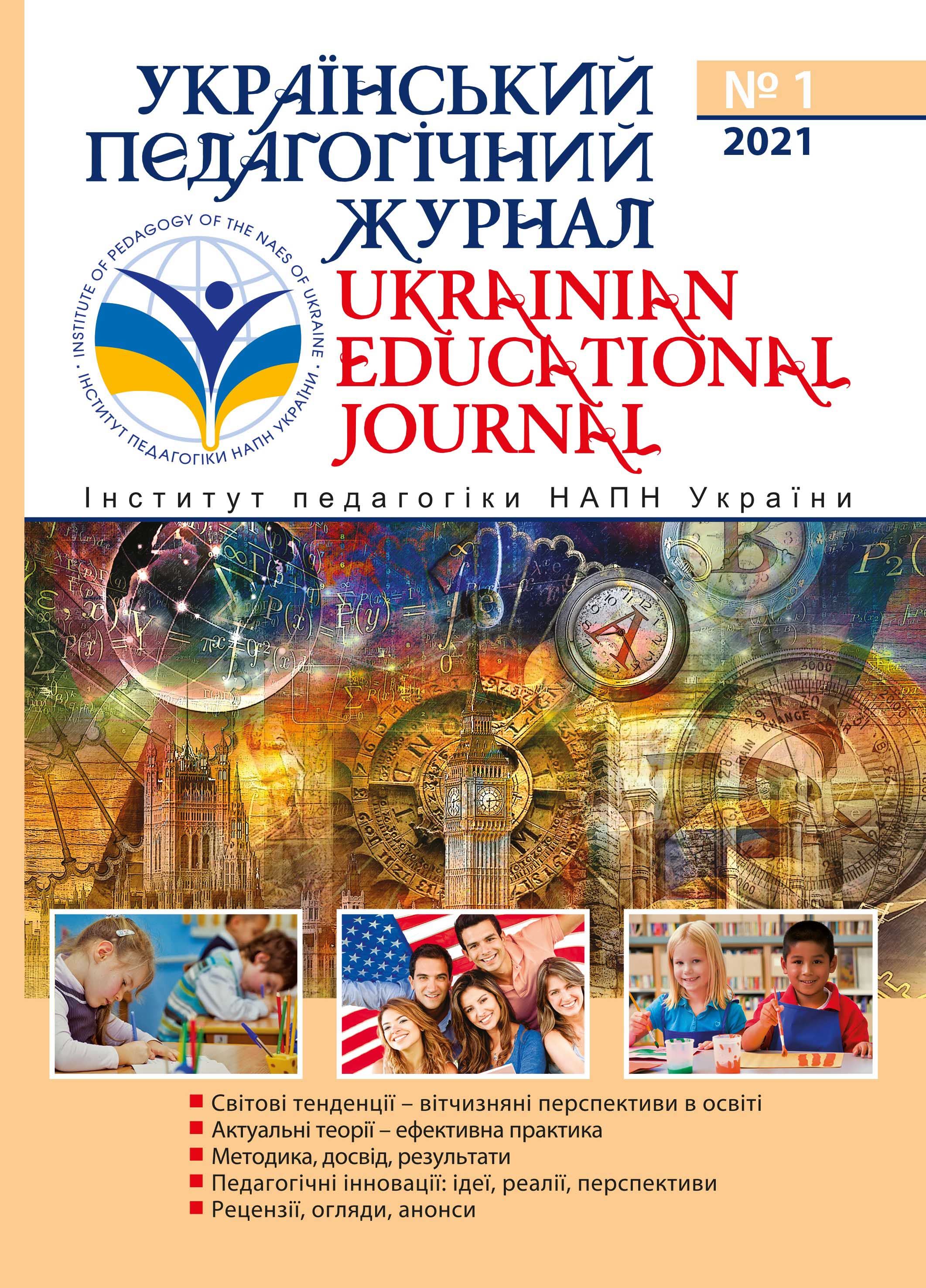Abstract
The article deals with the problem of the revision and clarification of types and functions of teaching aids in foreign languages, which is due to changing priorities in determining its goals and content. Orientation of the educational process on a competent dream basis requires tools that can promote the formation of students’ key and subject competences and would allow them within the curriculum to master a foreign language and use it in different social conditions and adhere to appropriate communicative behaviour. By means that can meet the needs of updated goals and content, the authors identify learning and speech situations, which, in their opinion, would be characterized by a feature to approximate speech patterns and communicative behaviour of students to real communication conditions. Their attention is fixed on the didactic simulation of students’ learning activities during the use of situational learning in order to perform tasks aimed at updating the educational process. The stages of situational learning of foreign language communication are determined and its content is justified in the publication. In accordance with the requirements of the current curriculum, educational experience of students, their psychophysiological features and potential opportunities, the tendency of development of opportunities for the use of learning and speech situations in the process of teaching foreign languages in general secondary education institutions is proposed and interpreted. The main conceptual provisions offered in the article are illustrated by some examples of learning and speech situations presented in German and Spanish for 5th grade students. The presented technology was approved by foreign language teachers and methodologists based on the results of the survey.

This work is licensed under a Creative Commons Attribution-NonCommercial-ShareAlike 4.0 International License.
Copyright (c) 2021 Валерій Редько, Михайло Яковчук

